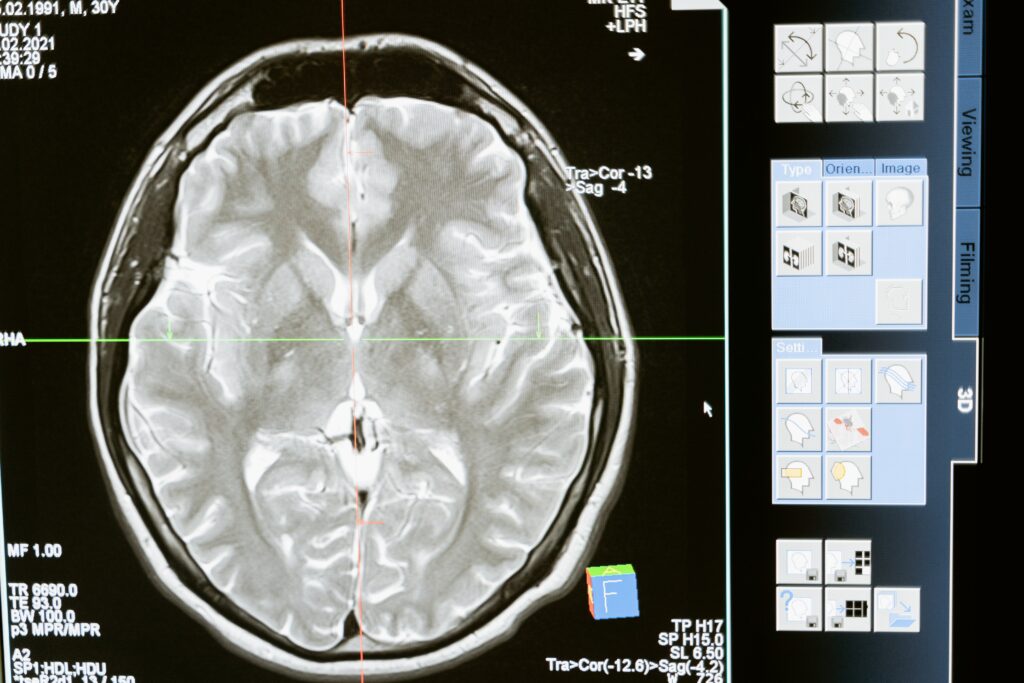New drugs are game changers for migraines

Migraine is the third most common disorder in the world, according to the World Health Organization. Along with the most common symptom, severe throbbing pain in the head, patients may experience sensitivity to light, smells, and sound; dizziness; vomiting; numbness; and visual disturbances such as blind spots and tunnel vision.

Drugs have changed the game for some migraine sufferers, CGRP (calcitonin gene-related peptide, has multiple functions such as regulation of the cardiovascular system, modulator of nociceptive impulses, and mediator of neurogenic inflammation) blockers seem to be a improvement over existing preventative treatments, which were developed for other disorders. The newer drugs are specifically designed to target one of the mechanisms that researchers believe leads to painful migraine episodes.
Doctors are embracing the new drugs because they may work better and have far fewer side effects like weight gain, drowsiness, and brain fog than other options. It is really beneficial to improve the quality of life of migraineurs and the options to block CGRP are expanding.

Some theories suggest that migraine occurs, and a cascade begins, when nerve cells in the brain become overexcited and stimulate the trigeminal nerve, which controls movement of the jaw muscle and sensations of touch, pain, and temperature in the face. The trigger can be hormonal changes, stress, food, smells, sounds, a visual stimulus, or some combination.
The first step in the cascade releases CGRP in the brain, which triggers the transmission of pain signals, pain signals trigger additional release of CGRP and other peptides. These molecules tell the brain to increase blood vessel dilation, releasing toxic chemicals, which is why, at least for some people, CGRP may be a big part of the problem.
In one study, researchers measured CGRP levels in the blood and found higher levels in people who had migraines than in people who did not. Among those who experienced migraines, CGRP blood levels increased as the migraines occurred; in a separate study, when an induced migraine attack was effectively treated, CGRP blood levels were reduced. The work led to the creation of the four monoclonal antibodies approved to prevent migraines. One of them, erenumab, mimics the shape of CGRP and binds to the CGRP nerve receptor, so CGRP has no place to bind when it reaches a nerve cell. The other three drugs, galcanezumab (Emgality), fremanezumab (Ajovy) and eptinezumab (Vyepti), bind to CGRP itself, changing its shape so that it cannot fit into the receptor. You know! If you are part of the unfortunate ones who suffer from this terrible condition you can try these new drugs



Responses